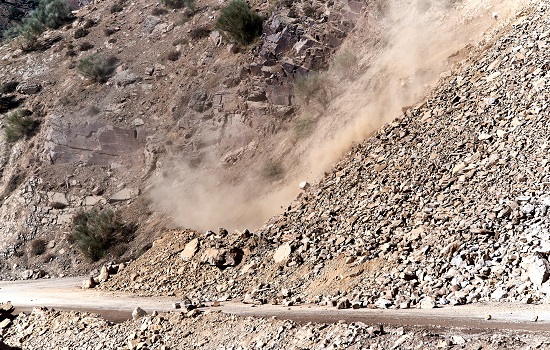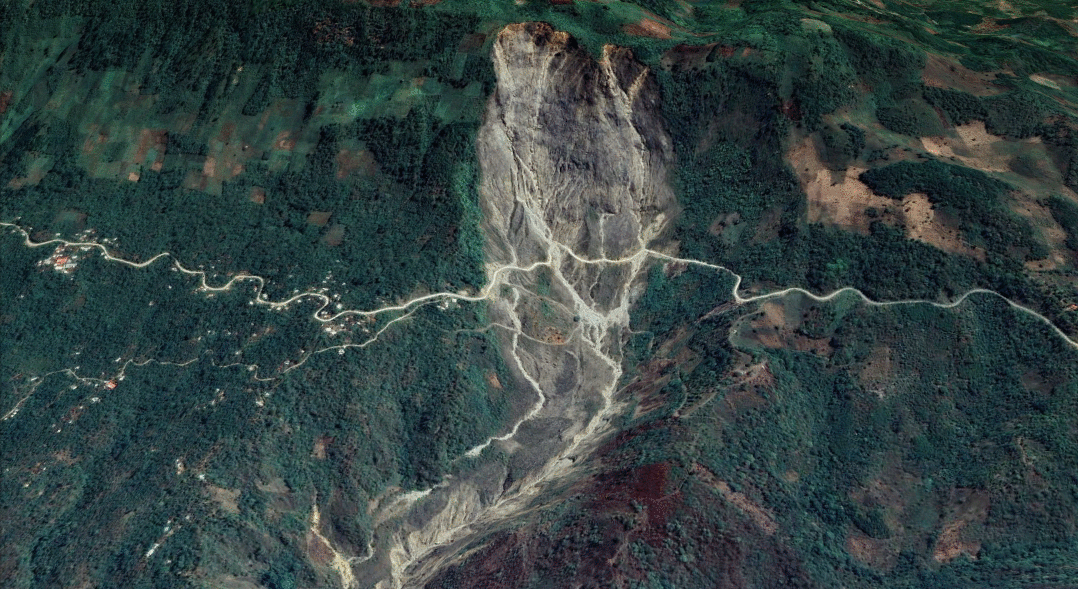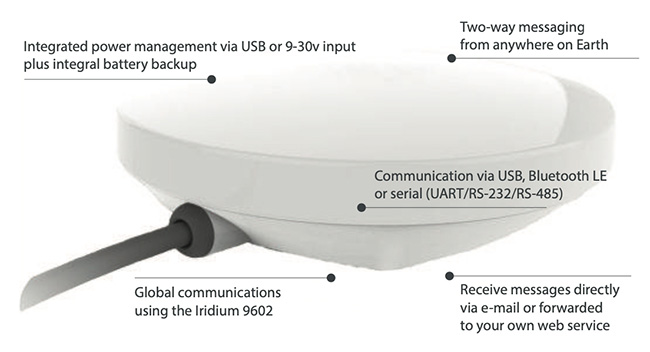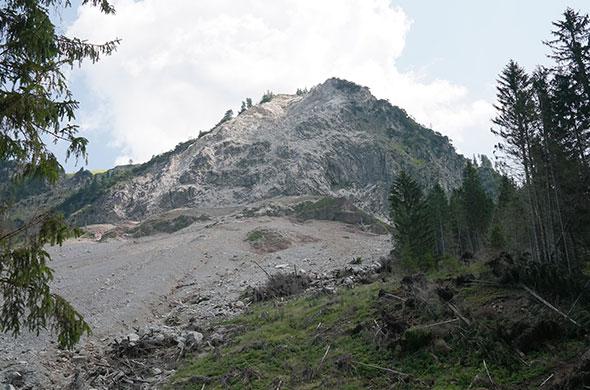Slide Sentinel is a fully automated landslide monitoring system using Real Time Kinematics (RTK). Measuring this way aids in early warning information and limits the use of invasive and expensive drilling, the more traditional landslide monitoring technique.
The Ground Control RockBLOCK Plus is seeing continued use in the Slide Sentinel project from Oregon State University. The project is currently under rapid development as the team prepare for a deployment very soon on an active landslide in the Pacific Northwest. Current development is focussed on programming the rover and base station units.


Contact us


What is Slide Sentinel?
Slide Sentinel is a fully automated landslide monitoring system using RTK. It regularly monitors landslide activity with high spatiotemporal resolution and centimetre-level accuracy for long-term deployments. Measuring this way aids in early warning information and limits the use of invasive and expensive drilling, the more traditional landslide monitoring technique.
Slide Sentinel is made up of a base station and a network of rover units which are positioned over the active landslide terrain. The rovers will record and send data regarding their position back to base via the Iridium satellite network which is then automatically recorded in the Cloud for analysis of real-time movement. Positional readings are provided every two to three hours.
Contact us
Facilitated by the RockBLOCK Plus
The RockBLOCK Plus device is used as the entry point into the Slide Sentinel system when it’s deployed in remote locations. All positions collected by rovers on the network are sent to the central base station, then uploaded to a cloud infrastructure for real time rover monitoring using the Rockblock+.
Rock Seven (now trading as Ground Control) director, Nick Farrell, said: “This is yet another amazing use of our IoT devices, and shows the flexibility of the product and the Iridium network as a whole. Every day we see remote projects being enabled with our equipment, allowing scientists to go further and do more than ever before.”


Contact us
“The Rockblock+ has proved useful for sending data to the rovers on our system. Users can uniquely address and send rover configuration data via the Rockblock+. This data is eventually dispatched to the proper rover and can dynamically change the behaviour of the device – i.e., we can tell the rover to wake more or less frequently or make the rover unit’s accelerometer more sensitive to movement events.”
Kamron Kent Ebrahimi,
Slide Sentinel developer and project lead
Contact us


Project developments
Due to the ongoing success of the project, Slide Sentinel has seen further development to support additional receivers and communication links. Work continues and all involved are dedicated to its continued success.
Regarding why he got involved with the project, Ebrahimi said: “I got involved about a year and a half ago. I think being a lead developer on a highly technical project, as well as maintaining close contact with a client to engineer the proper system, has been one of the most formative experiences of my undergraduate career.”
Contact us
“I’m also attracted to the breadth of this project. Designing something of this scale requires learning best engineering practices for embedded systems, networking protocols, and configuring cloud infrastructure for handling data.”
What’s in store for the future? The team are hoping for a larger number of rovers to be serviced by one base as well as the use of a client web app instead of a Google spreadsheet.
Built with Ground Control
If you'd like to get in touch with the team either to discuss a challenge similar to that of the one above, or something completely different our team of experts will be happy to provide objective advice.


